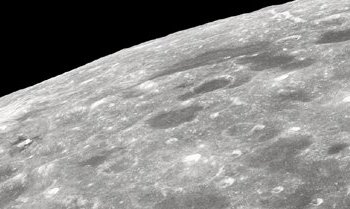This is a picture of the lunar farside taken on 12/24/1968. The picture was taken from the Apollo 8 spacecraft.
Click on image for full size
Courtesy of NASA
What are the flat surfaces on the Moon called? What is maria? What are lunar highlands?
What phase was the Moon in on December, 22 1962?
How long does it take the Moon to travel from one phase to the next?
Suppose that the Moon spun twice on its axis during each orbit around the Earth. How would study of the Moon from the Earth be easier?
If the Moon is tilted only slightly with respect to the Sun, do the lunar poles receive nearly constant sunlight?
Wow! More Moon questions! Okay, here goes...
There 2 types of surfaces on the Moon. Dark regions on the Moon are called maria. They are flat and don't have many craters. The light highlands are hilly and are covered with craters.
The U.S. Navy has created a web page where you can find the moon phase for any day. Check it out! It takes the Moon almost 4 days to get from one phase to the next.
We can only see half of the Moon from Earth. The Moon is locked into a specific orbit around the Earth so that we only see one side. If the Moon spun twice during each orbit around the Earth, it wouldn't be locked into that orbit and we could see the far side of the Moon from Earth. As it is now, we can only see the far side of the Moon when a spacecraft takes a look for us.
And yup, since the Moon is tilted only a tiny bit, the poles do receive NEARLY constant sunlight.
Submitted by Nicholas (Rhode Island, U.S.A.), Megan, Vilma (Texas, U.S.A.), Craig (North Carolina, U.S.A.), Margaret (Oklahoma, U.S.A.), Vicky (New York, U.S.A.), Joni (West Virginia, U.S.A.)
(January 12, 2001)
You might also be interested in:
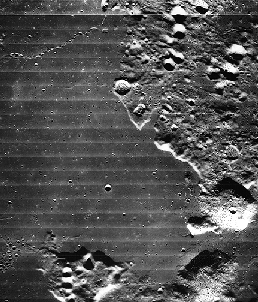
Looking up at the Moon, you can see that there are dark regions and light regions. With binoculars, you can even see that the dark regions are smooth compared to the light regions which have many craters.
...more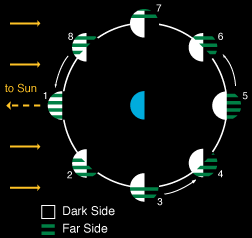
The diagram shows the Moon in different positions along its orbit around the Earth. The Sun is far away and acts like a light bulb in this picture. Half of the Moon is always reflecting light from the
...more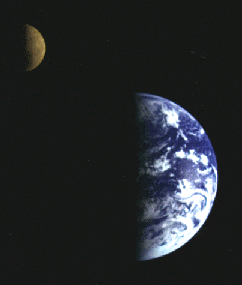
All the planets except Venus and Mercury have moons. The Earth's Moon is the fifth largest in the whole solar system, and is bigger than the planet Pluto. Earth's gravity pulls on the Moon and keeps it
...more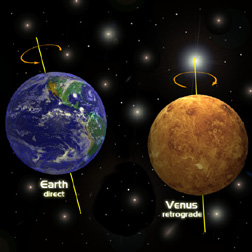
It depends on which type of motion you are asking about. If you take a birds-eye view from the top of the solar system all the planets orbit around the Sun in a counter-clockwise (or direct) direction.
...more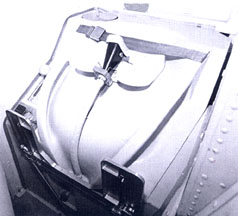
Have you ever wondered how astronauts live in space? Did you know they do a lot of the same things we do here on Earth? Astronauts eat, exercise and sleep just like we do. However, their food isn't always
...more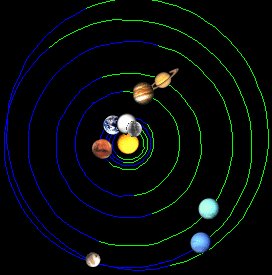
There is a really neat internet program called Solar System Live that shows where all of the planets and the Sun are. If you go to that page, you'll see an image similar to the one on the left. Below the
...more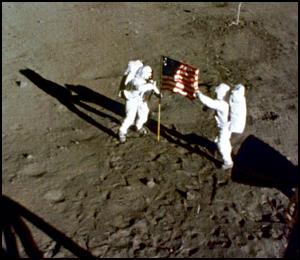
The picture of the American Flag (the one put there by the Apollo astronauts) is waving (or straight out) in the wind. How could that be possible if there is no atmosphere on the Moon? Was it some sort
...more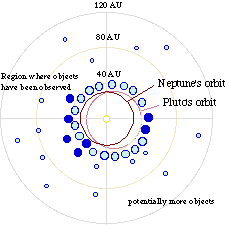
I was wondering if there is a new planet? Are there planets (a tenth planet?) after Pluto belonging to our solar system? What are the names of the new planets discovered in the solar system? Are there
...more


